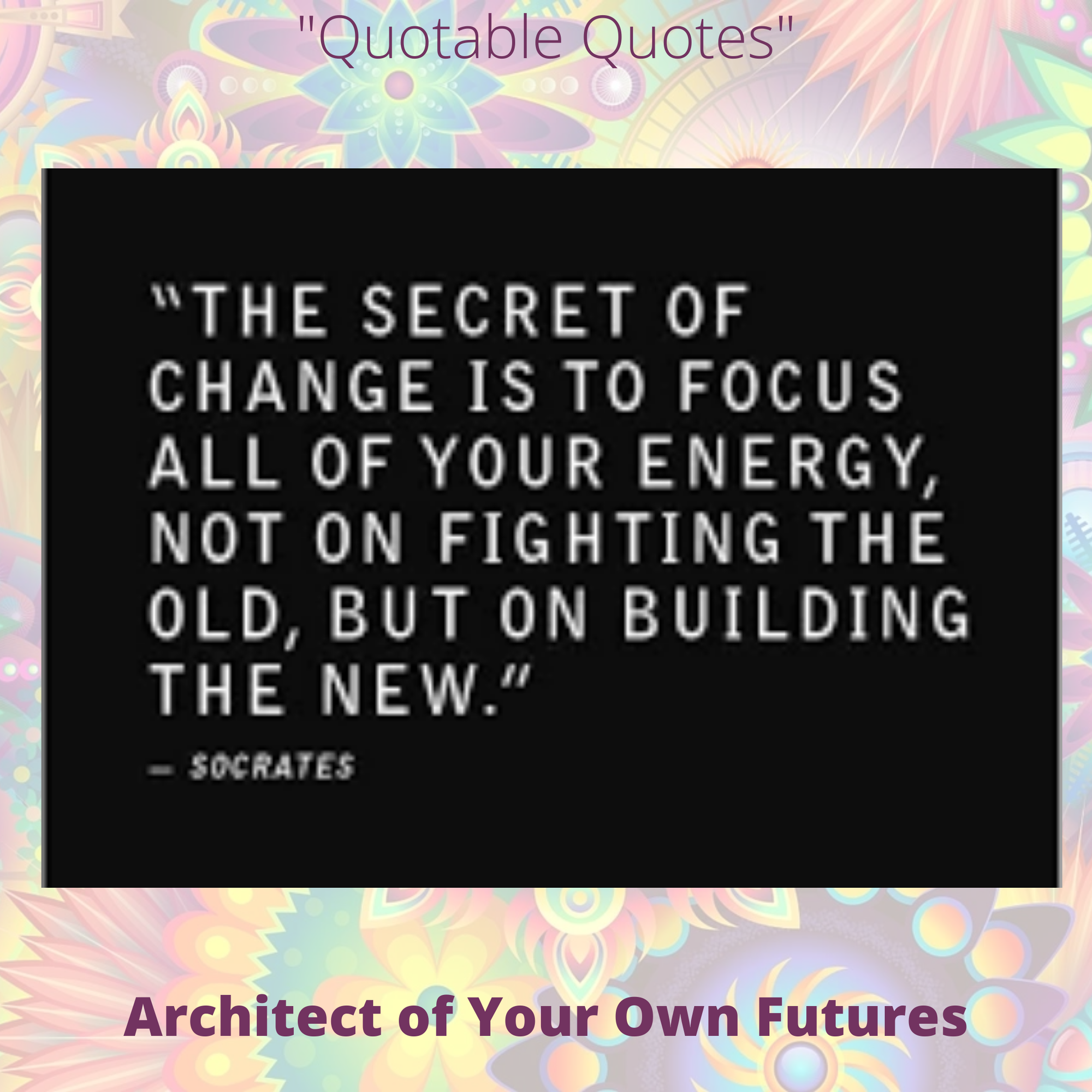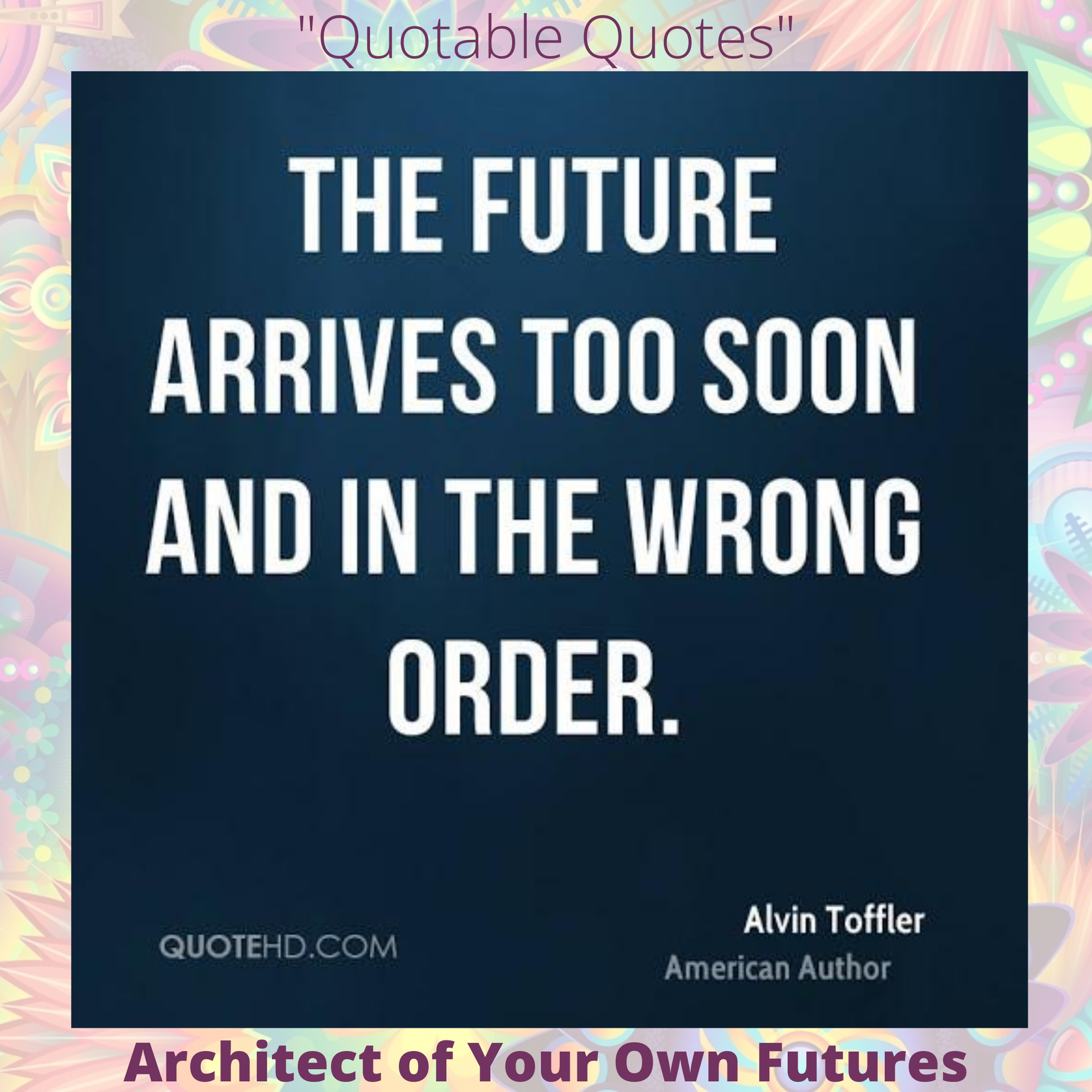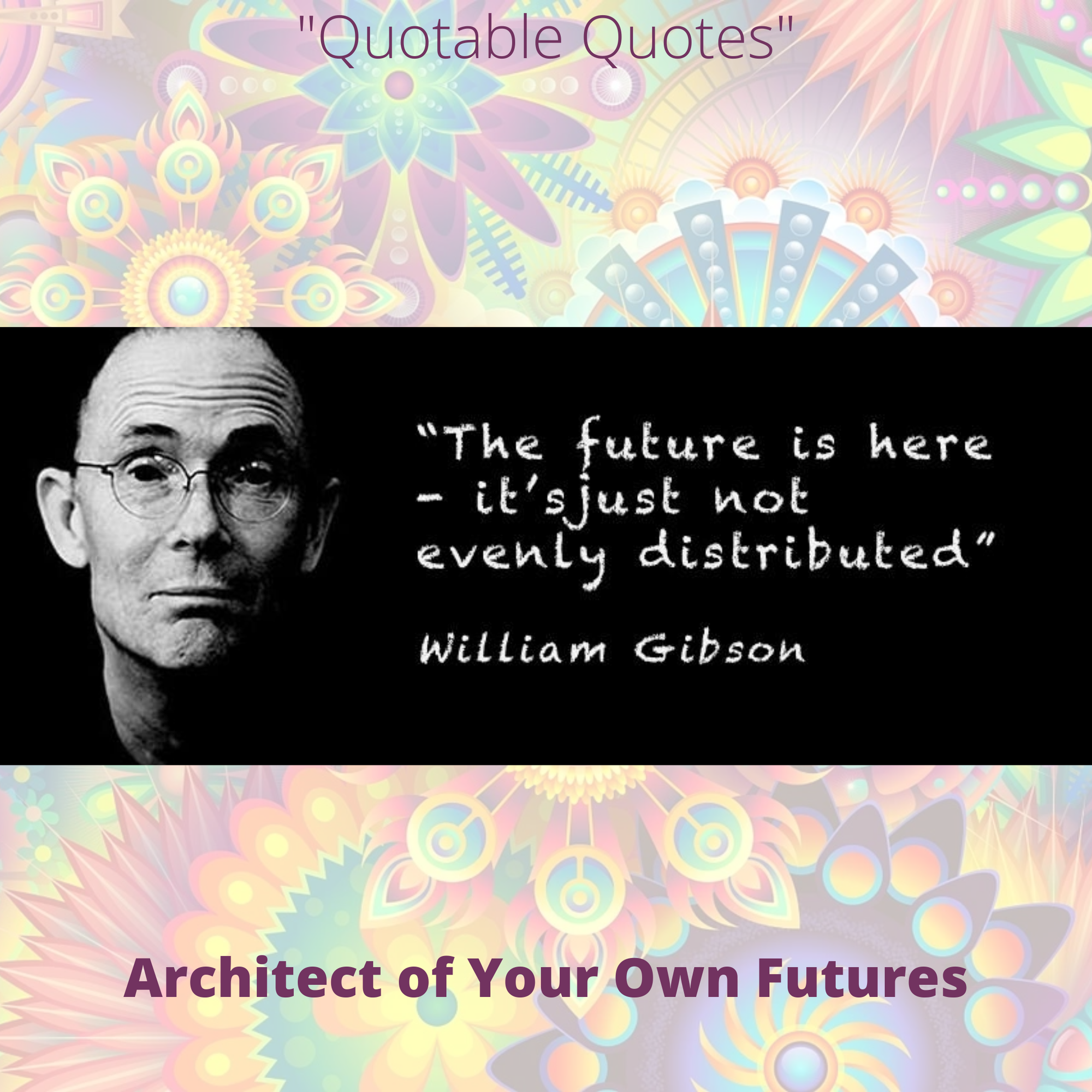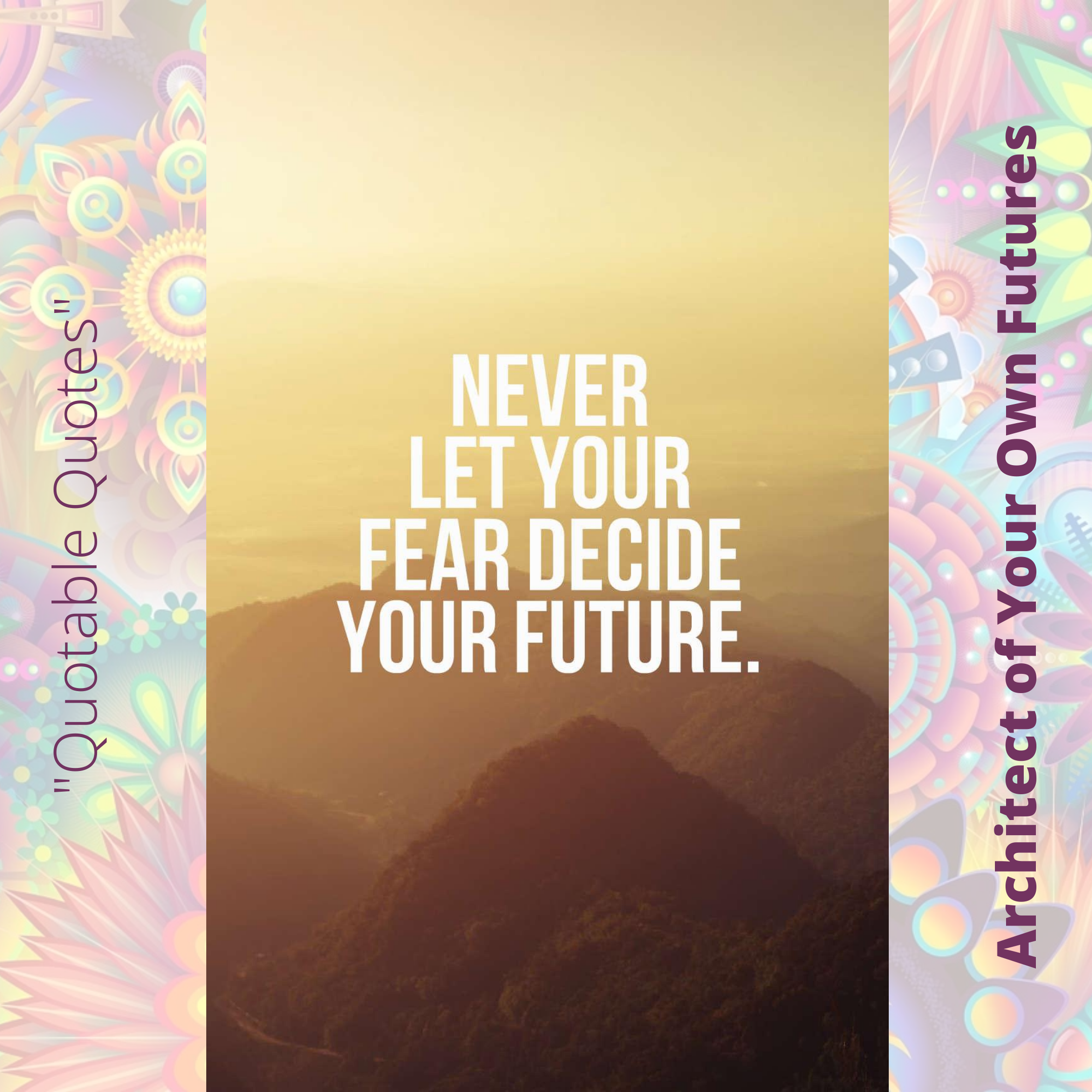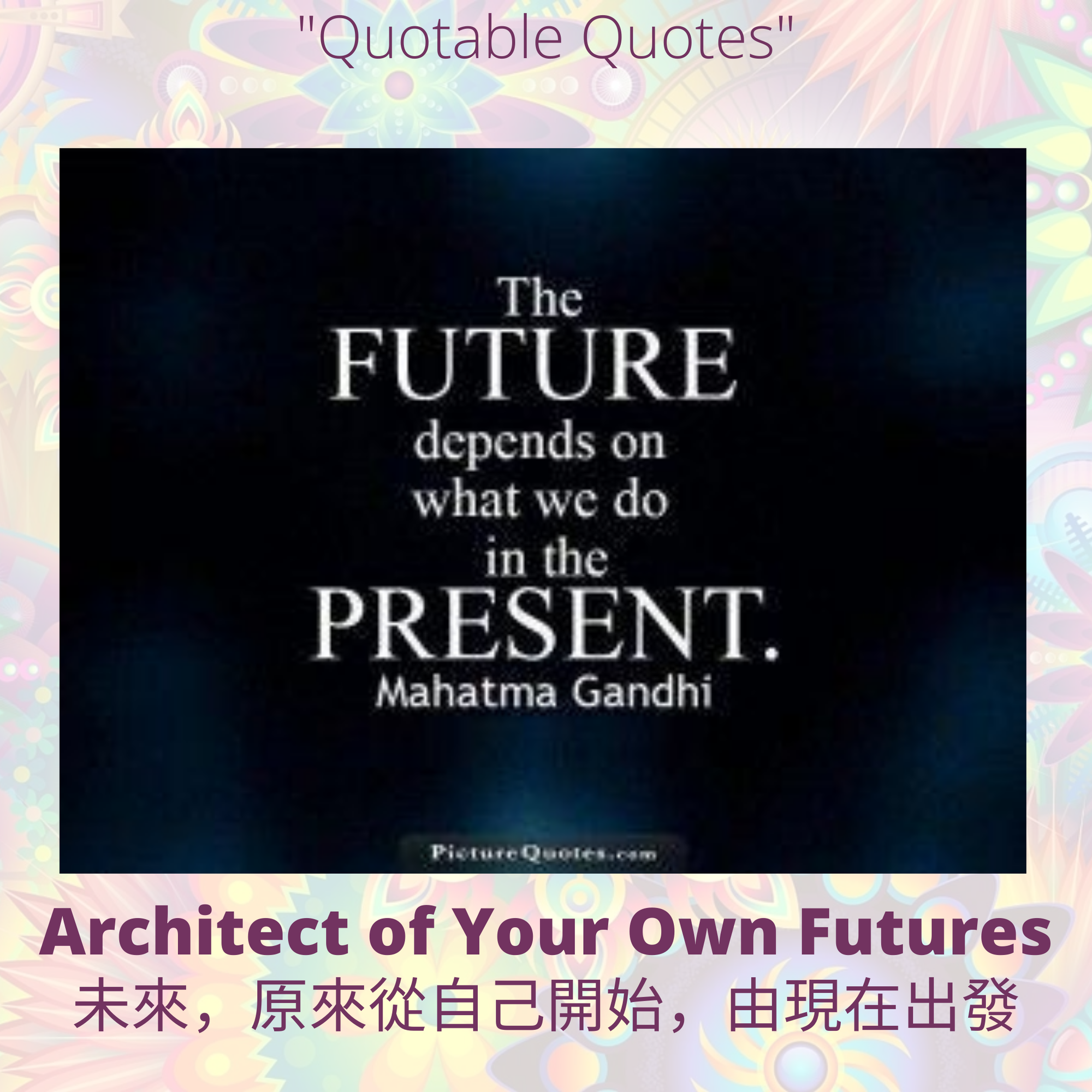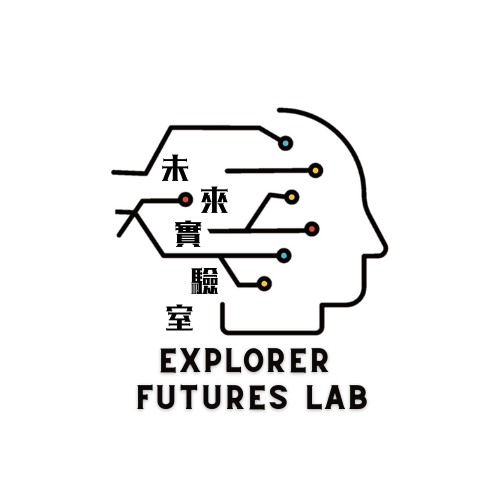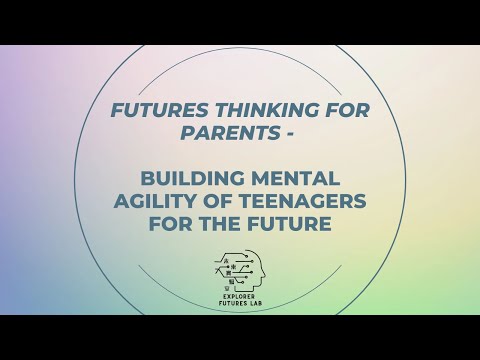
A signal is typically a small or local innovation or disruption that has the potential to grow in scale and geographic distribution. A signal can be a new product, a new practice, a new market strategy, a new policy, or new technology. It can be an event, a local trend, or an organization. It can also be a recently revealed problem or state of affairs. In short, it is something that catches our attention at one scale and in one locale and points to larger implications for other locales or even globally.
Signals are useful for people who are trying to anticipate a highly uncertain future. They tend to capture emergent phenomenon sooner than traditional social science methods. Unlike trends, they turn our attention to possible innovations before they become obvious. Unlike indicators, they often focus our attention at the margins of society rather than the core. In this way, they are more likely to reveal disruptions and innovations. Of course, local trends and indicators can function as signals: when a trend hits a certain threshold, for example, it might be a signal of a change in the larger population, as when an innovation moves beyond the lead user stage and begins to diffuse much more rapidly.




